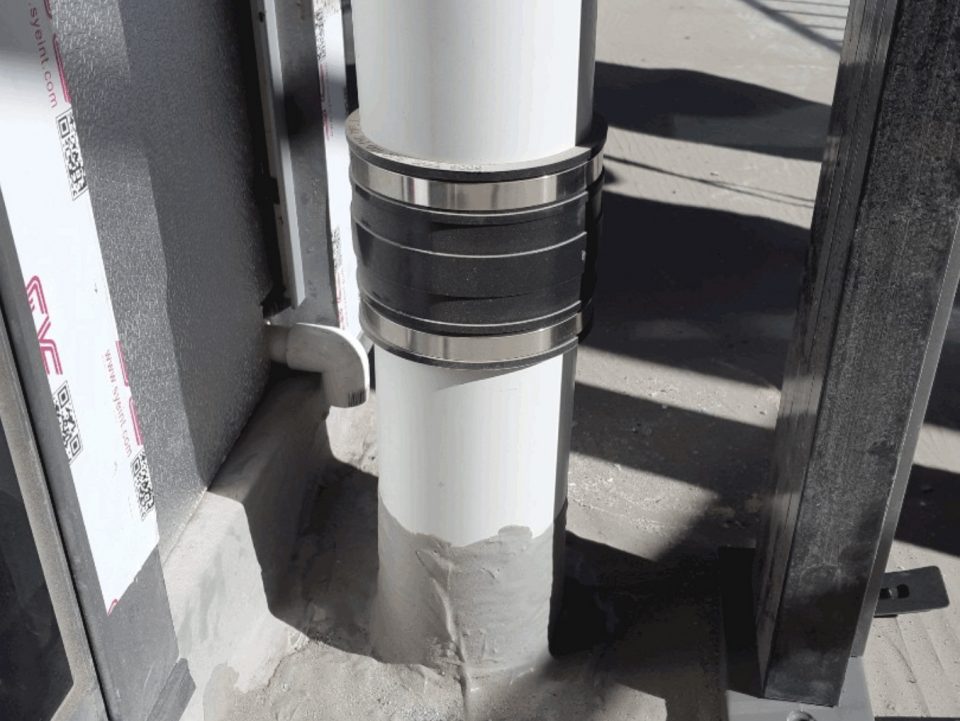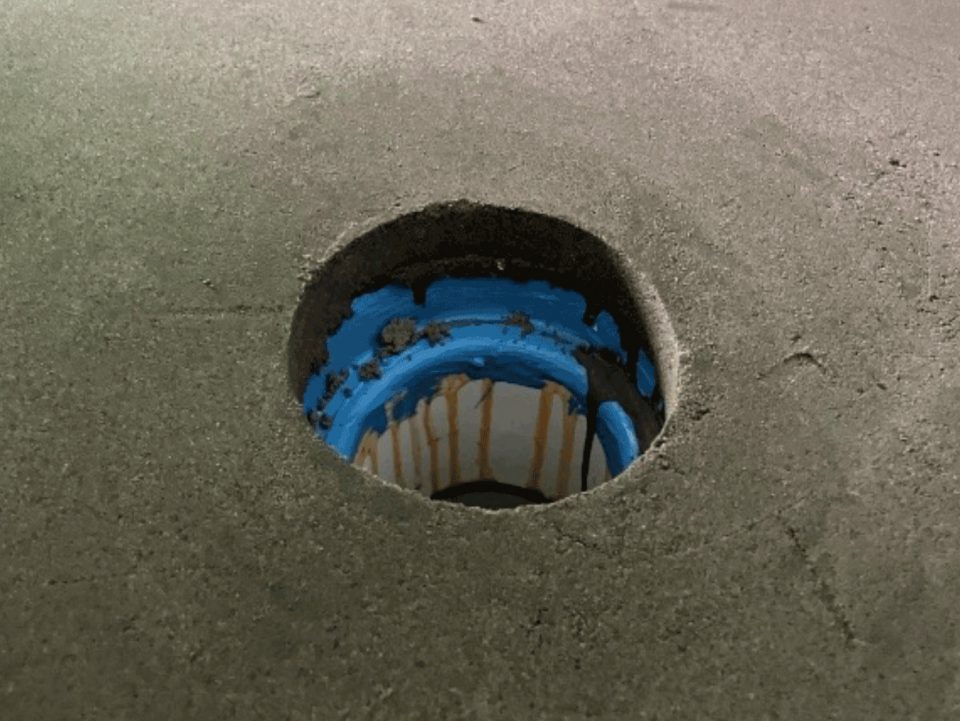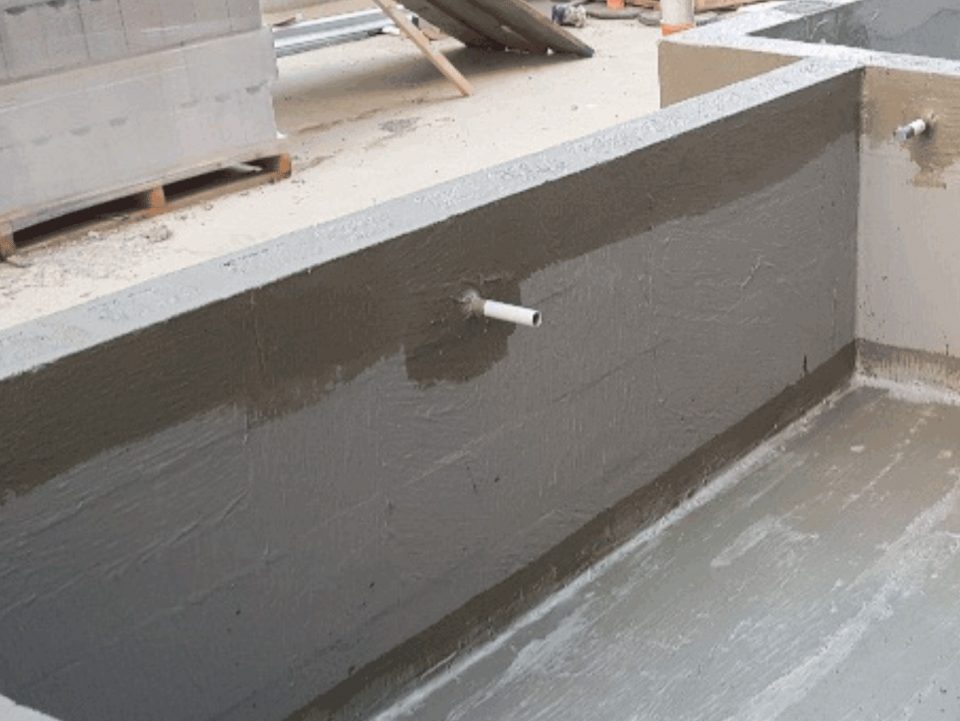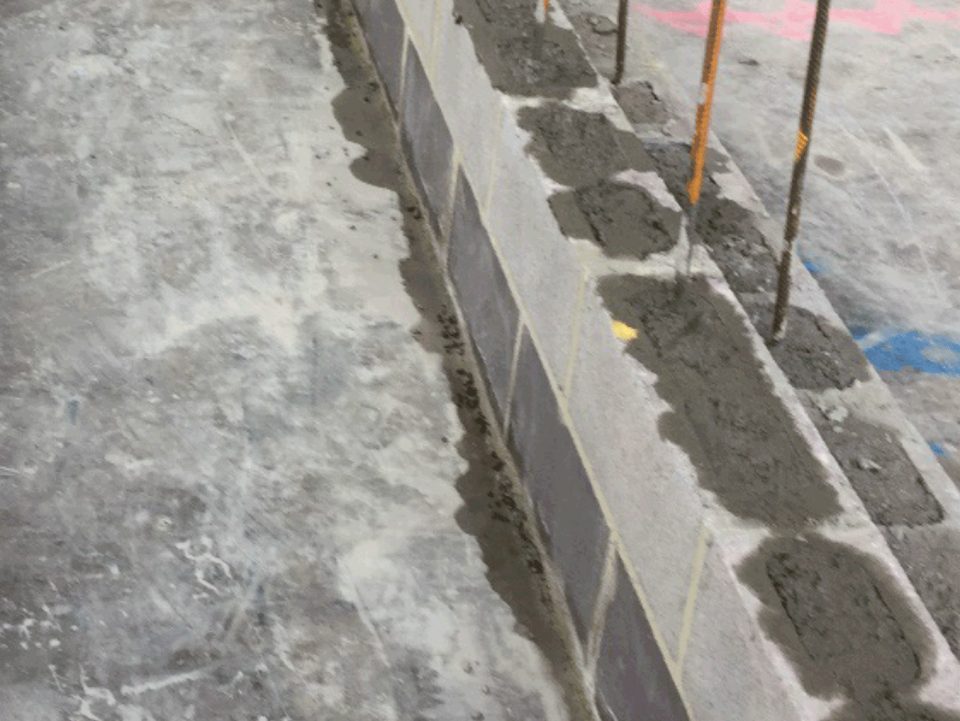Home Cuppa Convos Technical Snapshots Technical Snapshot: Efflorescence on Concrete and Tile Surfaces
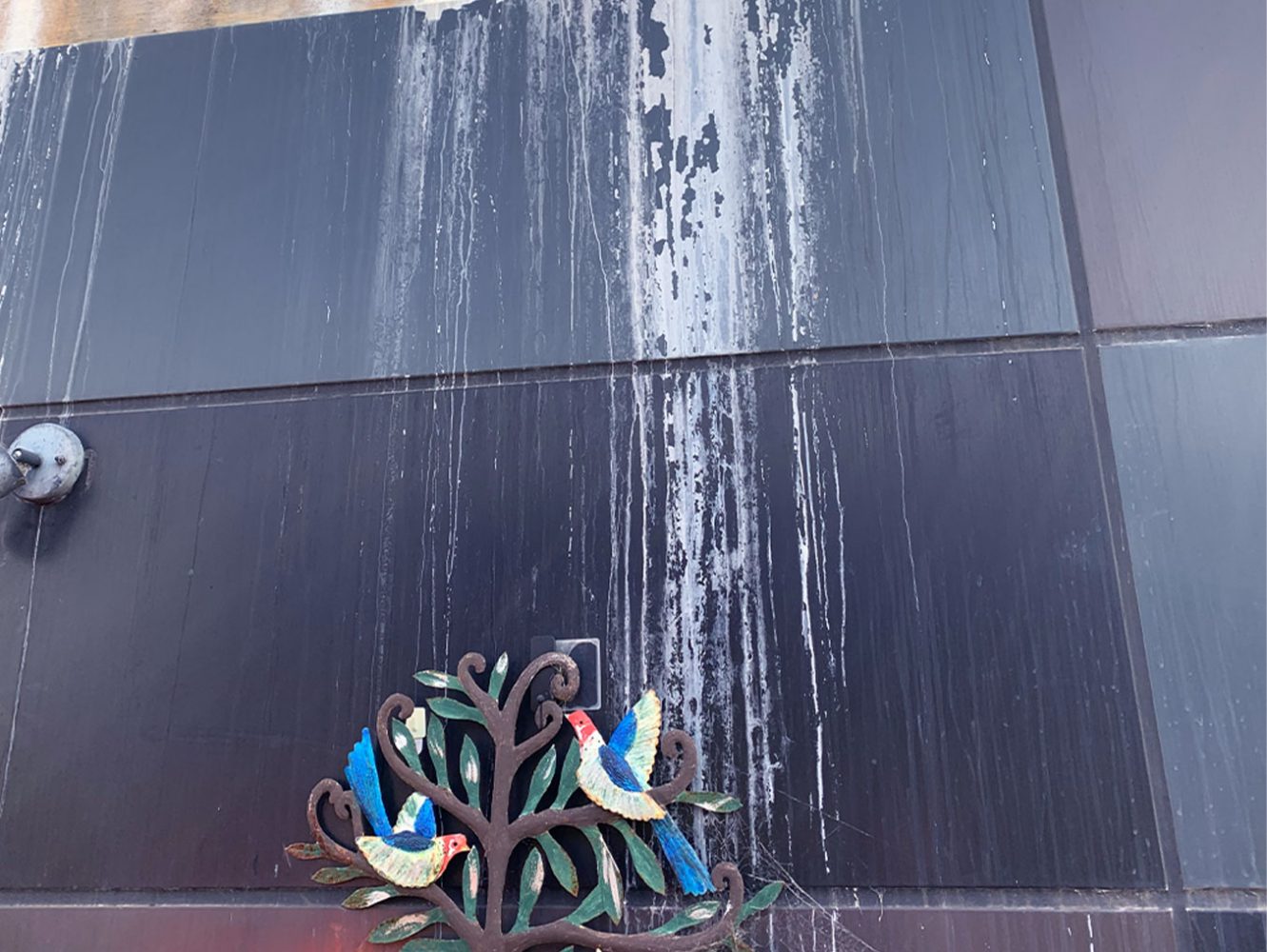
Technical Snapshot
Issue: Efflorescence on Concrete and Tile Surfaces
Efflorescence is a persistent and often frustrating problem that affects the appearance and integrity of concrete and tiled surfaces. Characterised by white, powdery deposits, it forms when water moves through the substrate, dissolving soluble salts and depositing them on the surface as it evaporates.
But the problem runs deeper than mere aesthetics—efflorescence can also signal underlying problems in construction.
If left unchecked, efflorescence can lead to:
- Weakening of the structure due to ongoing moisture migration.
- Long-term damage to adhesives, grouts, and concrete.
- Increased maintenance costs as the surface requires frequent cleaning.
A surface that forms efflorescence is categorised as a class one defect in Australia, making prevention a vital consideration.
What causes efflorescence?
- Moisture migration from unsealed or poorly waterproofed substrates.
- Inadequate drainage around the installation leads to water pooling.
- The use of highly porous materials or incompatible products in the system.
- Inadequate surface preparation
AS/NZS 4456.6 states the importance of proper preparation of the surface area. This means ensuring it’s clean, dry, and free from any contaminants like dust, grease, or oil. Without this step, the application of waterproofing or tiling materials may not adhere properly, potentially leading to failure.
The Effects of Efflorescence

Pic 2. Porous grouts provide entry and exit points for moisture
Pic 3. Left unchecked, efflorescence will weaken structures
Solution
When it comes to efflorescence, prevention is key. The following should be addressed during the initial surface construction.
Proper Waterproofing. Apply a high-quality waterproofing membrane over the screed to prevent moisture from getting into the screed and being drawn back out again. Follow the manufacturer’s guide for curing time and ensure the surface is clean and prepared before application.
Use Materials with Low-Permeability. AS/NZS 4456.6 highlights the importance of using the correct adhesive and grout for tiling on masonry. Select adhesives, grouts, and concrete additives specifically designed to resist water absorption. An epoxy adhesive or grout helps to keep water from reaching the surface.
Incorporate Effective Drainage Solutions. Proper drainage is critical for external installations. AS 4654.2 states that waterproofing membranes for external above-ground use should be installed with a minimum fall of 1:100 to ensure adequate water runoff. This prevents water pooling, which is a significant contributor to efflorescence.
Seal and Protect the Surface. Applying a penetrating or surface sealant adds an extra layer of defence, reducing the porosity of materials and making them less susceptible to moisture ingress. Regular resealing may also be required, depending on the surface and its exposure to environmental conditions.
Correct Application

Pic 5. Use epoxy adhesives and grouts to help prevent water ingress
Pic 6. A minimum fall of 1:100 is crucial to preventing efflorescence
Download This Technical Snapshot
Efflorescence can be a challenging issue, but it’s entirely preventable with the right approach. For expert advice and product recommendations, contact your local Bayset representative at 1300 BAYSET today.




